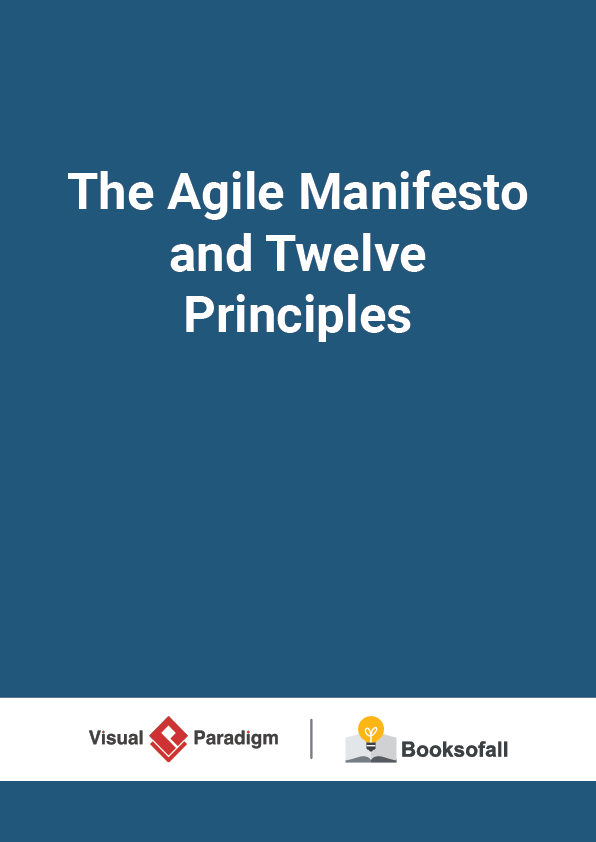Scrum vs Waterfall vs Agile vs Lean vs Kanban
9-11 minutes
There are a number of different approaches in the software development industry – some are new takes on old methods and others have adapted a relatively new approach. The two most commonly used methods in this field are the Agile such as, Scrum , Kanban and Lean and etc., and traditional Waterfall models such as structured methods or newer RUP.
Most software companies that follow these two models will argue that their chosen method is superior in respects, so before we answer the question, “Which one is more successful? We should look at their main differences.
Waterfall Approaches
Waterfall is a linear approach to software development process. Each of these represents a distinct phase of software development, and each phase generally finishes before the next one can begin. There is also typically a milestone between each development phase.
- Structured as one big project in a sequential process
- Suited for situations where change is uncommon
- A process that requires clearly defined requirements upfront
Thus the waterfall model maintains that one should move to a phase only when its preceding phase is reviewed and verified as shown in the Figure below:
Waterfall approach
For example:
- In Royce’s original waterfall model, the following phases are followed in order:
- System and software requirements: captured in a product requirements document
- Analysis: resulting in models, schema, and business rules
- Design: resulting in the software architecture
- Coding: the development, proving, and integration of software
- Testing: the systematic discovery and debugging of defects
- Operations: the installation, migration, support, and maintenance of complete systems
Agile Approaches
Agile is derived using Lean thinking that applies “Lean” concepts in the information technology environment. The key focus of the Lean approach is to:
- Eliminate waste from processes
- Minimize Business non-value added activities
- Maximize added value from the consumer’s perspective
Agile Approaches
Agile approach is the proven project management methodology that encourages the following key concepts:
- Frequent inspection and adaptation
- A leadership philosophy that encourages team work, self-organization, and accountability
- A set of engineering best practices that allow for rapid delivery of high-quality projects
- A business approach that aligns development with customer needs and company goals
Agile Development – Iterative Lifecycle
Agile development stages include traditional planning, analyzing requirements, design, coding, testing, and deployment, but they form a cycle rather than a line. This means the processes are flexible, repeatable, can happen in any order and in parallel. This allows gathering the user feedback, continuous testing against different environments and changing the scope of the project on the run.
The Foundation of Agile Approaches
- Empiricism – Ability to perform, stop, reflect, improve, and continue in a step-by-step process in efforts to increase productivity
- Prioritization – Deliver work based on value to the business Self-Organization – The team knows best how to deliver the work based on there sources and constraints
- Time-Boxing – The team is required to complete the assigned tasks within the defined timelines.
- Collaboration – The team commits to delivering the final products within the given timelines, which will encourage cross-team collaboration and ingenuity in completing the tasks.
Agile vs Waterfall – Scope, Time and Cost Triangle
The Waterfall Method’s greatest strengths are its fixed costs and predictability. You know the price, and when it is going to be delivered. Its most significant weakness is its inflexibility. The Agile Method is extremely flexible and could evolve into a significantly different product than was originally envisioned.
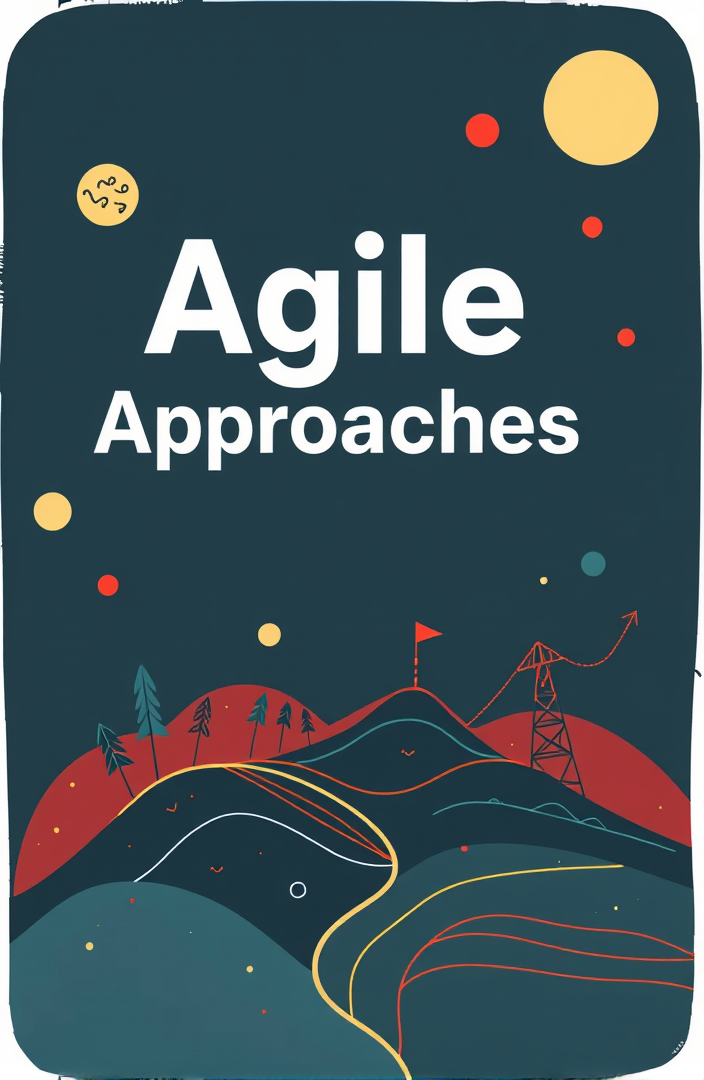


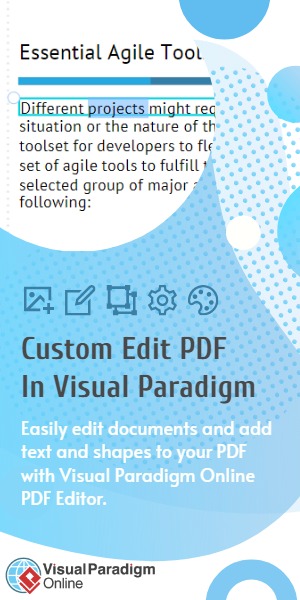
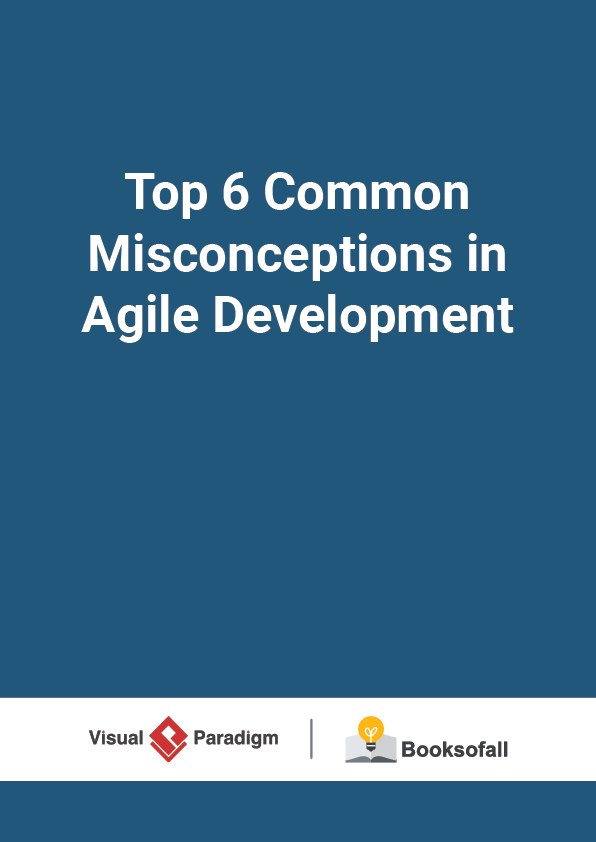
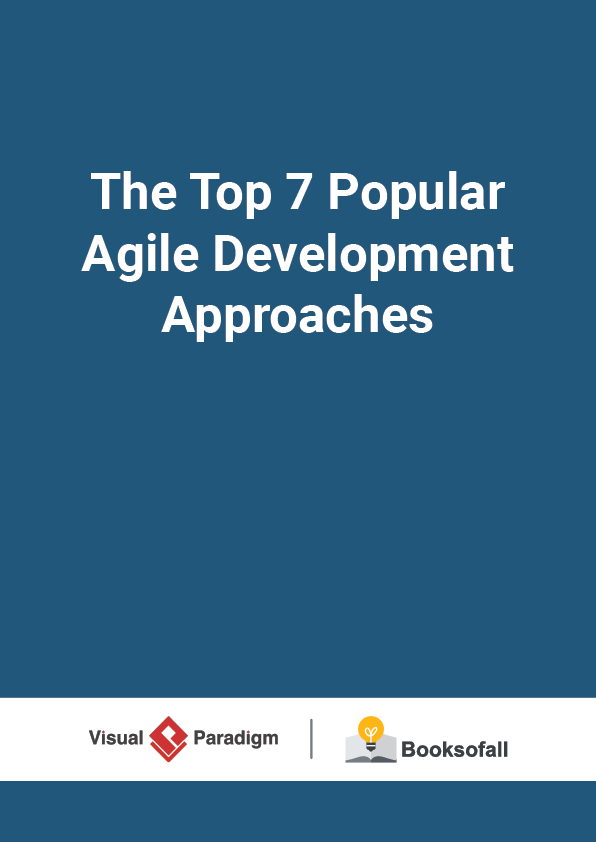
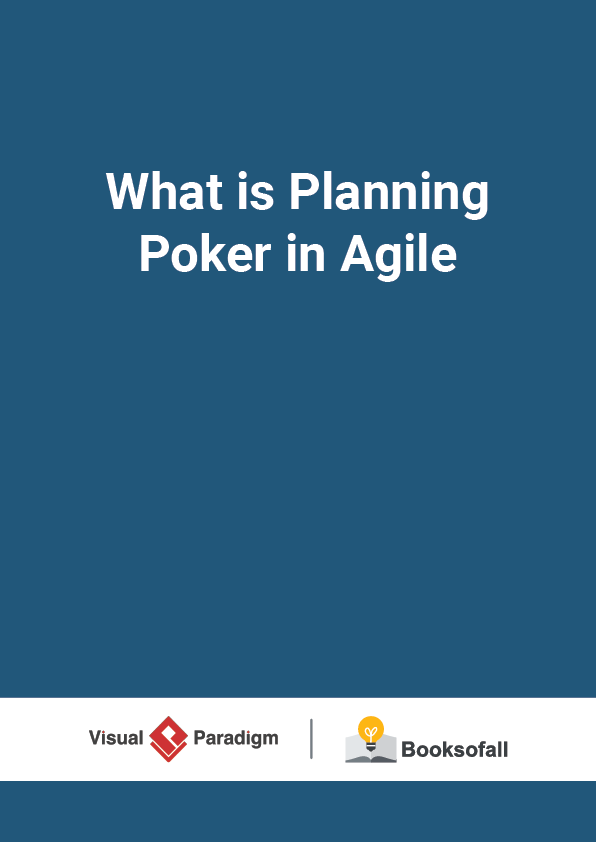
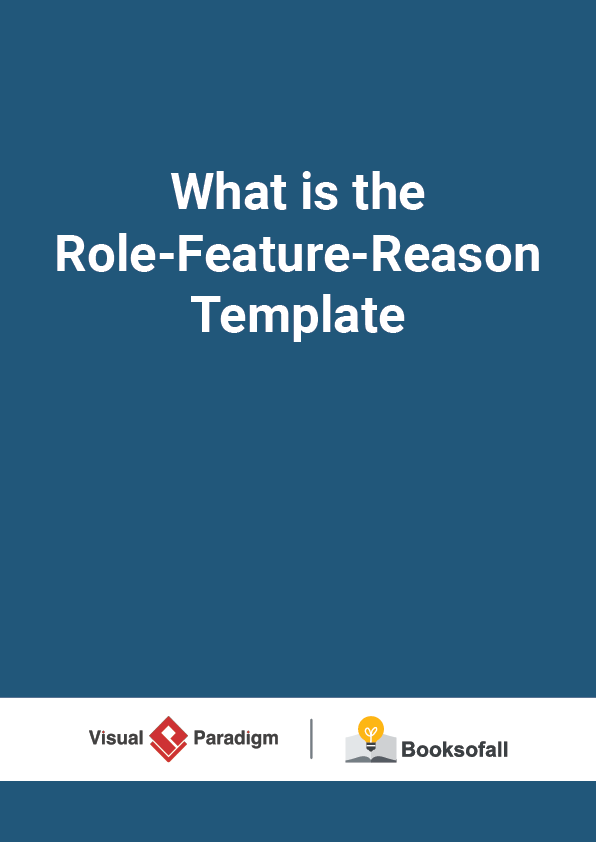
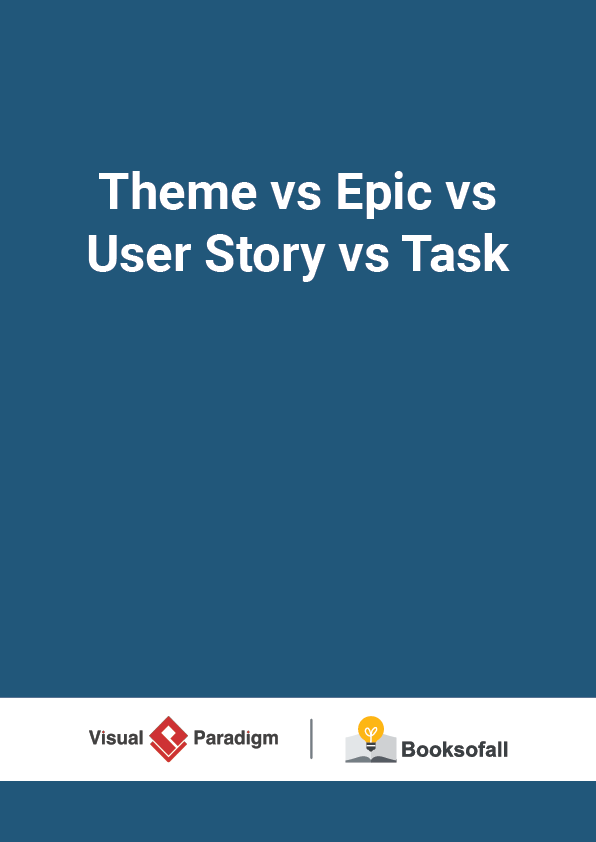
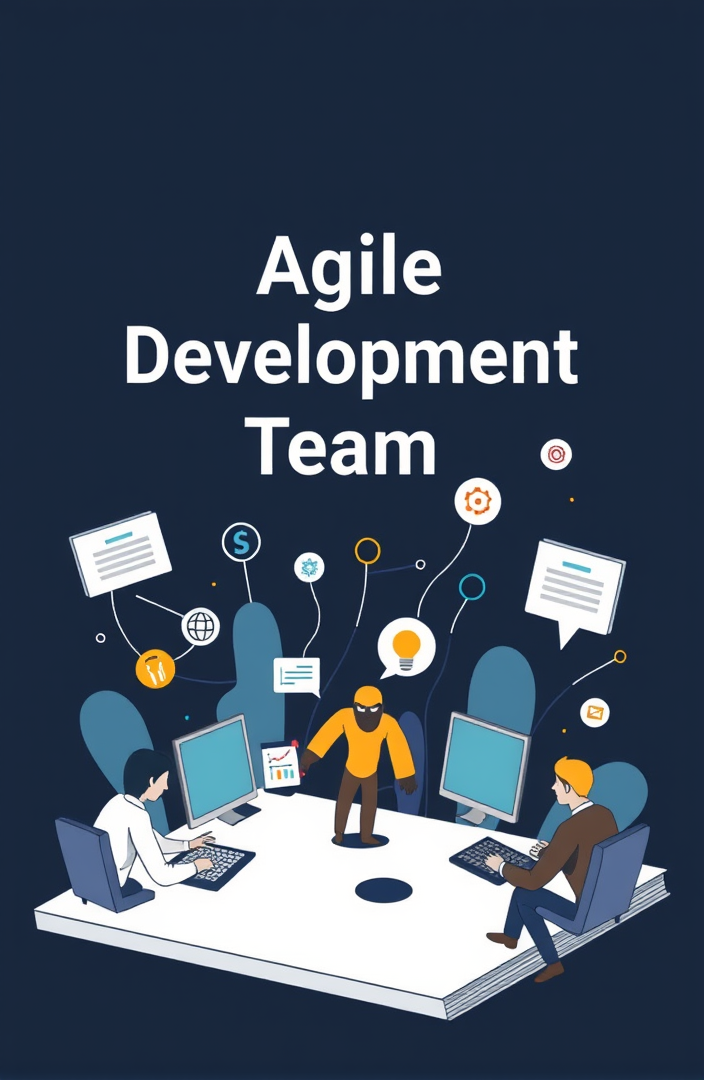
![What is Agile Software Development_ [Quick Guide]](https://www.booksofall.com/wp-content/uploads/2022/05/What-is-Agile-Software-Development_-Quick-Guide-01.png)
